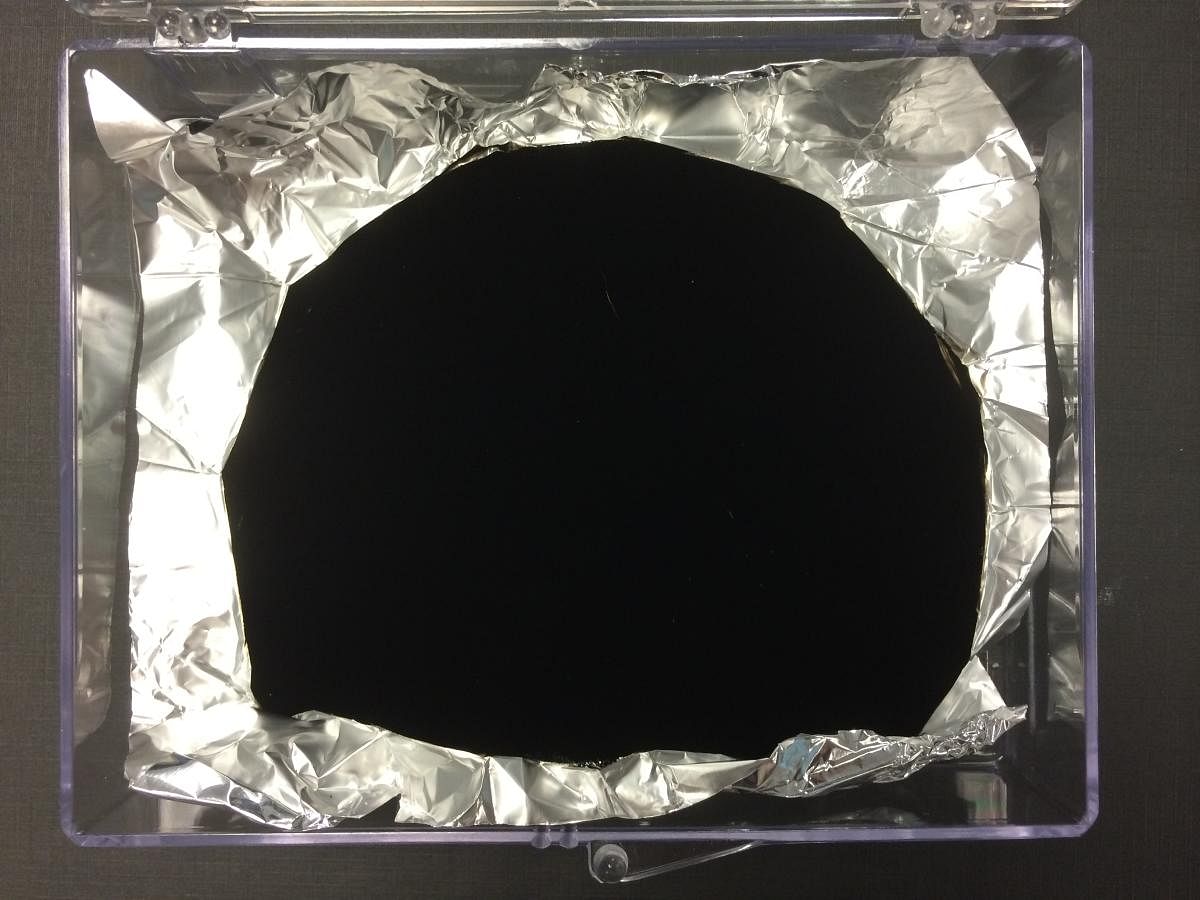
In recent times, with disruptions in the global supply chain, the manufacturing of certain shades of blue has been impacted due to the scarcity of ingredients. It makes one wonder about the significance of specific colours and paints. I know artists who have a predilection for certain colours — they cannot imagine painting without turquoise or ultramarine blue or a specific shade of crimson. In such scenarios what would happen if a certain colour or a brand of paint would become unavailable? Let’s say it disappears completely from the market or if its access becomes limited to an exclusive few. There is bound to be outrage in both such situations. Since supply chain disruptions are likely to be temporary, these are easier to comprehend and one assumes that paint manufacturing would resume when possible. However, the idea that patents, copyrights, and licences can restrict access to your favourite colour is difficult to digest, and many artists are likely to be annoyed with it.
This naturally reminds one of the hue and cry a few years ago, when the British-Indian artist Anish Kapoor acquired exclusive licence over Vantablack (its use as an art material), the blackest of black, a black so black that it would absorb more than 99.9 percent of visible light. With such a dark material, which made the surface appear super flat, it became possible to give the illusion of void. However the licence was perceived as a monopolising strategy and as you would recall, this piece of news resulted in widespread indignation.
War paint
As it turned out, the story of Vantablack usage did not die there, and this entire episode incited British artist Stuart Semple to create ‘the world’s pinkest pink’ as it was termed. And of course, it came with the condition that the pigment could be purchased by anyone except Anish Kapoor! His website clearly states — “By adding this product to your cart you confirm that you are not Anish Kapoor, you are in no way affiliated to Anish Kapoor, you are not purchasing this item on behalf of Anish Kapoor or an associate of Anish Kapoor. To the best of your knowledge, information, and belief this paint will not make its way into the hands of Anish Kapoor.”
This war of words and paints has continued over social media for some time now.
A few months ago, one read that Semple launched his own blackest black ink ‘Blink’ at an affordable price, with the intention of making it accessible to all. Such controversies over paint are nothing new. In 1960, French artist Yves Klein patented the formula for a blue paint, a colour which he and his chemists developed, and which he used widely in his works — monochrome paintings exploring the infinite and pure space. The blue has in fact become synonymous with his name. According to the MoMA website, “Klein saw monochrome painting as an open window to freedom, as the possibility of being immersed in the immeasurable existence of colour. Although he used a range of colours, his most iconic works often featured International Klein Blue, a shade of pure ultramarine that Klein claimed to have invented and trademarked.”
Clearly, there are many shades, stories, and controversies behind not only art but also colours!
The author is a Bengaluru-based art consultant, curator, and writer. She blogs at Art Scene India and can be reached on artsceneinfo@gmail.com
Dab Hand is your fortnightly art world low-down.